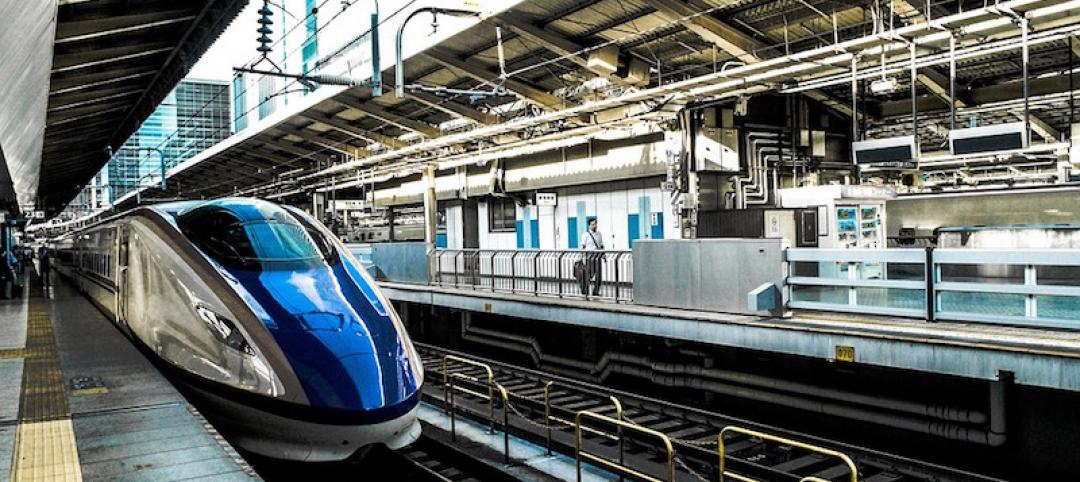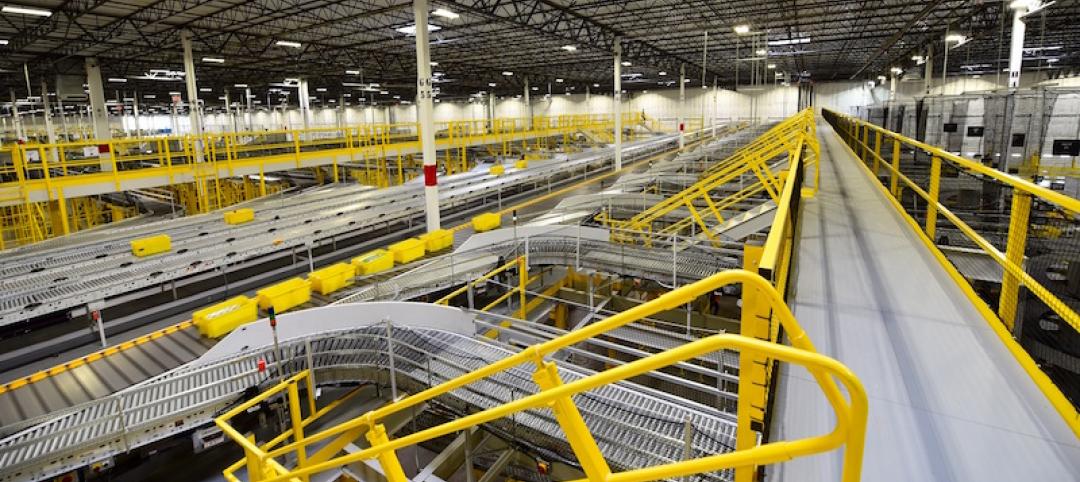More than half of contractors say their methods of collecting and analyzing data from their jobsites need to get better over the next three years, in part for their companies to use these data to predict employee and project performance.
That’s a key finding in a new 40-page SmartMarket report that Viewpoint and Dodge Data & Analytics have released, entitled
“Improving Performance with Project Data.”
The report is based on an online survey conducted from August 14, 2017, through September 12, 2018. The survey used Dodge’s Contractor Panel and contacts provided by Viewpoint. Of its 187 respondents, 98 were GCs, 47 specialty trade contractors, 28 construction managers, nine design-build firms, and four design-contracting firms. Thirty-seven percent of respondent companies generate revenues between $50 million and $250 million.
The research focused on five key types of data: project progress, manhours, productivity, safety, and equipment management.
Respondents were asked how they gather, store, manage, secure, analyze, and report on each of these types of data. Key trends include a rapid shift away from paper-based forms, reports, and spreadsheets to digital tools and platforms, some that leverage cloud technology; increasing use of apps on mobile phones and digital cameras in the field; the desire for more accurate field data that enables trends analysis across projects; and a focus on data security.
More than three-fifths of the contractors surveyed say they’ve seen improvements in their data gathering and analysis capabilities over the past three years. That’s especially true among larger companies. By far, the most important project data being gathered is performance information such as scheduling and costs, followed by payroll and manhour data.
The top-three benefits from data analysis, say contractors polled, are improving their ability to complete projects at or under budget (53%), greater productivity (47%), and greater profitability (46%).
However, more than half of the respondents (54%) admitted that they need to improve how they gather jobsite information over the next three years. And 45% think their ability to analyze trends across projects must get sharper, too, as well as their ability to gather current data from the field.
Relying on physical records, like paper forms, for data collection is steadily giving way among contractors to custom-designed or commercial software, a trend that is likely to be more prevalent over the next three years. Nearly three-quarters of respondents say they were satisfied with using software as a way to collect data.
Most pros (65% of the ones polled) still store their digital information in on-premise servers. But 37% have turned to third-party cloud providers, such as Amazon, to host their field information. The benefits of using the cloud are manifold, the most prominent being the ability to access data from the field while working in the office or remote locations, and vice versa.
Well over half of the contractors surveyed deploy mobile phone apps and cameras to collect and send data from the field. Expect that wave of data to rise, as drones, sensors, and wearables gain more traction as jobsite tools. However, contractors are also acutely aware of how their use of devices presents security risks. That explains why 86% of contractors say they are using anti-malware software, 78% are using enterprise-grade firewalls, and 56% have imposed policies for managing the use of mobile devices.
a plan to gather data
More than one-fifth of contractors surveyed have had experience with predictive analysis of data and business intelligence. That compares with just 7% for artificial intelligence and 6% for machine learning. The largest group of respondents noted they are aware of and understand the concepts of each of these emerging technologies but have not implemented them in their own organizations—39% for predictive analysis, 47% for artificial intelligence, and 33% for machine learning.
But it is clear that technology is advancing faster than the AEC industry’s ability to assimilate it. The report’s authors offer a multi-step process to structure a company’s data collection, analysis, and reporting.
• Determine what aspects of project delivery would benefit most from better information to guide your data strategy.
• Identify which types of field data will best-enable the proper analysis to generate critical decision-support information. And think about the minimum level of completeness, accuracy, and timeliness required for each type.
• Develop a focused technology and plan for collection and analysis that incorporates the specific data needed and types of analysis required, as well as financial and human capital investments, the time frames for implementation, clear roles of responsibility, and measurable goals for success.
The report includes two case studies—how Leander Construction is using the cloud to enhance productivity; and how W. Soule & Co. is using data to build better—as well as a Q&A with Jit Kee Chin, Suffolk Construction’s Chief Data Officer. Chin laments that what’s keeping AI from becoming a more efficient construction tool is the lack of useful data. Her viewpoint may explain why she sees “great potential” in automated monitoring.
Related Stories
Multifamily Housing | Nov 29, 2017
First Porsche, now Aston Martin: Sports car maker co-develops Miami condo tower *UPDATED
The 391-unit Aston Martin Residences will feature seven penthouses and a duplex penthouse, all with private pools and terraces overlooking Biscayne Bay.
Industry Research | Nov 28, 2017
2018 outlook: Economists point to slowdown, AEC professionals say ‘no way’
Multifamily housing and senior living developments head the list of the hottest sectors heading into 2018, according a survey of 356 AEC professionals.
Continuing Education and Life Time Learning | Nov 22, 2017
A new vocational center in Colorado hones high school students' woodworking and construction skills
The MILL National Training Center will extend its curriculum to vets and businesses in 2018.
Multifamily Housing | Nov 15, 2017
6 noteworthy multifamily developments: artists housing, tech lofts, resort-style senior living
These recently completed projects represent emerging trends and design innovations in the multifamily sector.
Contractors | Nov 13, 2017
CBRE completes acquisition of Heery International
The deal is expected to expand the real-estate firm’s project management capacities in several U.S. sectors.
Multifamily Housing | Nov 8, 2017
No place like home: LA’s The Six provides permanent supportive housing for veterans
The 52-unit development gives hope and dignity to homeless or disabled veterans and others in need.
Giants 400 | Nov 7, 2017
Top 25 transit construction firms
Skanska USA, Webcor Builders, and AECOM top BD+C’s ranking of the nation’s largest transit sector contractors and construction management firms, as reported in the 2017 Giants 300 Report.
Architects | Nov 6, 2017
How to start a negotiation: Begin as you mean to continue
How you start a negotiation often will determine where you end up, writes negotiation and mediation expert Brenda Radmacher.
Giants 400 | Nov 2, 2017
Top 80 industrial construction firms
Walbridge, Jacobs, and Fluor top BD+C’s ranking of the nation’s largest industrial sector contractors and construction management firms, as reported in the 2017 Giants 300 Report.
Giants 400 | Oct 30, 2017
Top 85 green construction firms
Turner Construction Co., Clark Group, and AECOM top BD+C’s ranking of the nation’s largest green sector contractors and construction management firms, as reported in the 2017 Giants 300 Report.
















